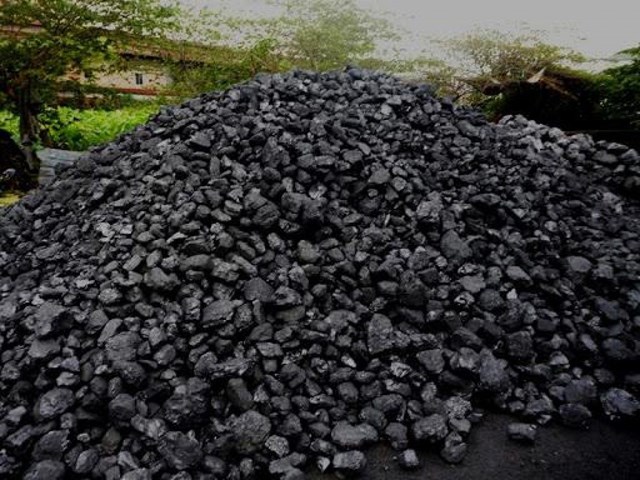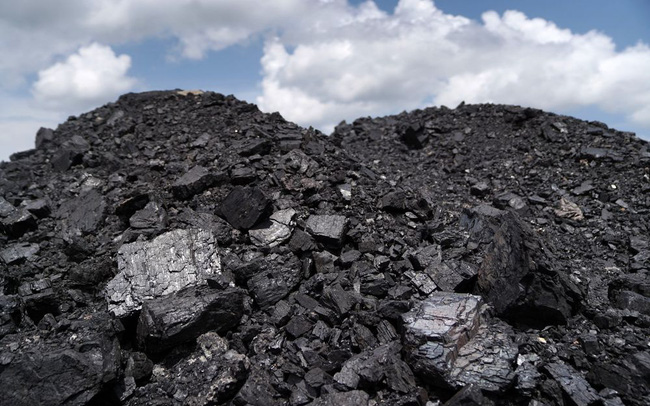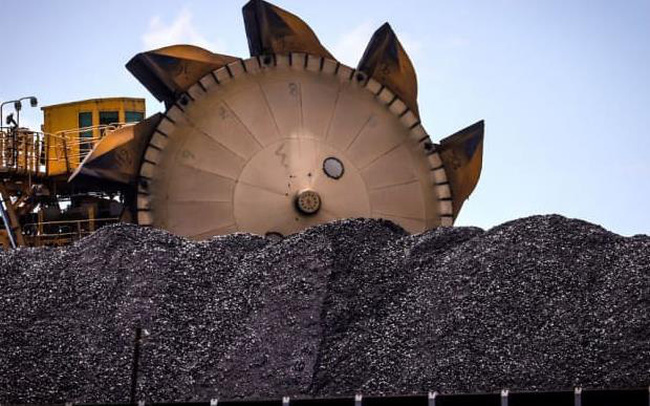The oil market recently recorded new fluctuations after OPEC and OPEC + could not reach an agreement on the production quota starting from August 2021.
The oil market recently recorded new fluctuations after the Organization of the Petroleum Exporting Countries (OPEC) and its allied oil producers (OPEC + group) could not reach an agreement on the production quota starting from April 1. August 2021, due to the opposition of the United Arab Emirates (UAE).
Disagreements within OPEC, especially between Saudi Arabia and the UAE, are raising doubts about the group’s cohesion and the message of market stabilization, in the context of global demand for “black gold”. is on the rise and many OPEC member countries want to take advantage of a higher price environment.
* When disagreements arise
After cutting for more than a year as the COVID-19 pandemic hit world demand, OPEC+ began gradually raising oil output. The latest plan is to increase production by 400,000 bpd month by month from August to December 2021.
However, the UAE only supports a short-term increase in output and requires better terms for extending the output cut agreement from April 2022. At the heart of the dispute between Saudi Arabia and the UAE is the issue of the “baseline” output level on which OPEC+ members rely to cut or increase production.
UAE Energy Minister Suhail Mohamed Al-Mazrouei said that the country’s current reference base level of 3.17 million bpd is too low and needs to rise to around 3.8 million bpd if the deal is to be extended. production cuts, because Abu Dhabi’s oil production capacity has increased significantly over the past two years and may even rise to the threshold of 5 million bpd by 2030.
In fact, the UAE is pursuing radical changes in its oil policy, and Abu Dhabi has lost patience with production restrictions. Therefore, disagreement with Saudi Arabia is something that observers think will happen sooner or later, especially at a time when the price of “black gold” is increasing.
The UAE has invested significantly in increasing oil capacity, entering into joint venture agreements with foreign companies and licensing new oil and gas blocks.
Unlike Saudi Arabia, when the government set an oil production ceiling and pursued a more conservative traditional view of market management, the UAE plans to sharply increase production to maximize it at the earliest. can profit from “black gold” and gradually shift to non-oil energy sources in the long term.
Another key factor is that Abu Dhabi has started to apply futures contracts to its Murban crude oil trading since March 2021, aiming to establish a freely traded Middle Eastern oil standard without there are any restrictions.
As a result, market confidence in Murban oil futures will depend on liquidity and a reliable output base, thereby adding pressure on the UAE to produce more crude.
If no consensus is reached, in theory, OPEC + will have no choice but to keep the production quota unchanged for the period from August to December this year, thereby possibly causing the market to overheat. cause oil prices to rise.
The greater risk, however, is that countries will forgo their quota targets and produce more to take advantage of higher “black gold” prices.
This will undermine OPEC+’s efforts to persuade members to comply with their quotas, especially maintaining the production restraint strategy in place during the recent COVID-19 crisis. by.
Speculations about the collapse of OPEC + may be overblown, but this is undeniably a serious internal rift that threatens to spark a new “oil price war”.
It is worth noting that the oil policy disagreement occurs within the UAE and Saudi Arabia themselves, two allies often closely aligned on OPEC policies.
If OPEC+ allowed a member to change their baseline, based on the output reference volume as of April 2020 instead of October 2018, it would cause other member countries to make similar claim.
Meanwhile, Saudi Arabia, as the largest voice member in OPEC, always wants to maintain cohesion and put the consensus of the oil alliance first.
Thus, any exception for a single member state would set a bad precedent, even creating winners and losers within OPEC+ and put future negotiations in jeopardy. profit.
* Two oil price scenarios
Given the above challenges, there is reason to believe that OPEC+ will seek to reach an “interim agreement”. The longer this stalemate lasts, the greater the risk that OPEC+ will lose control of the oil market, although the current situation is not as worrisome as the oil price war between Saudi Arabia and Russia last year.
Observers have pointed out two potential scenarios if OPEC+ fails to reach a new agreement. The first scenario is for oil prices to crash and fall back below $50 per barrel if countries decide to increase production and pursue their own market share.
The second scenario is that the OPEC+ countries continue to produce according to the previously agreed cut quotas and oil prices will increase due to improved demand. However, a supply crisis will be unlikely, as non-OPEC+ producers such as the US and Canada will not be left out if oil prices continue to escalate.
Stephen Schork, energy market analyst at The Schork Group, said that OPEC+ clearly doesn’t want both scenarios to happen. Neither low nor too high oil prices are beneficial to the oil alliance’s goal of balancing the “black gold” market.
Ultimately, OPEC+ may allow the UAE to increase oil production this year, but the question is whether it is willing to compromise with Abu Dhabi’s request to adjust the reference baseline, and this decision will significant influence on the future consensus of OPEC +.
Source: BNEWS
T&G International Joint Stock Company
Address: 352 Hue Street, Le Dai Hanh Ward, Hai Ba Trung District, Hanoi
Hotline: 0345786803
Email: hrm@tginterjsc.com
Website: http://tginternationaljsc.com




















